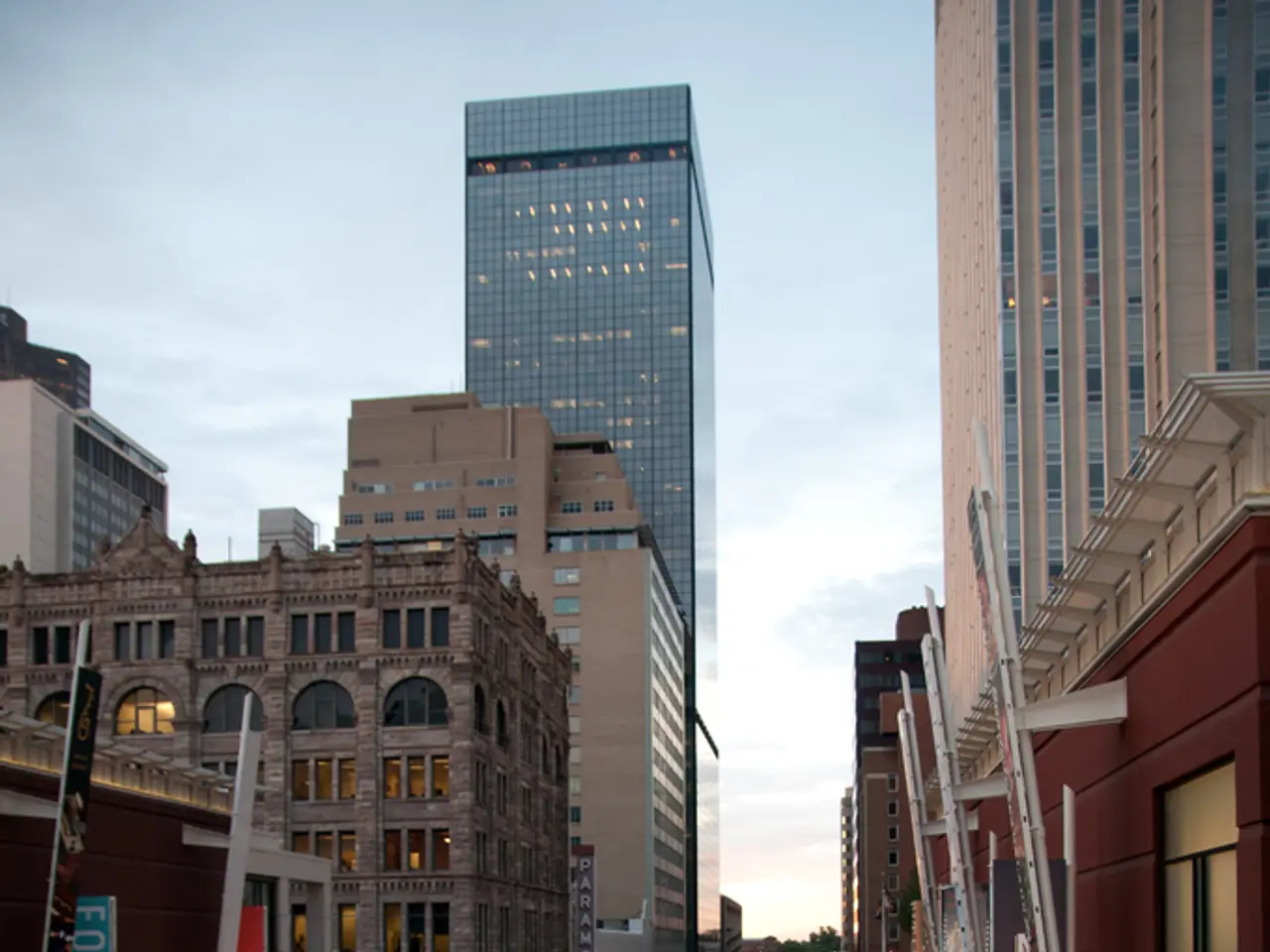Los Angeles' future explored by nonfiction authors: Discovered or still uncertain?
In the annals of Southern California's history, several nonfiction writers have presented predictions and visions of its future that are often framed as dystopian or elegiac. These authors, including Mike Davis, Carey McWilliams, and Kevin Starr, have emphasized the social and environmental challenges amid urban growth.
Mike Davis, a prominent figure among them, is known for his incisive and pessimistic outlook. His works such as City of Quartz (1990) and Ecology of Fear (1998) forecast a future where economic inequality, urban fragmentation, social fear, and environmental risks dominate the region. Davis portrayed Los Angeles as a fractured city where safety obsessions and social isolation arise against worsening poverty and homelessness. He predicted the proliferation of gated communities, surveillance, and nuclear shelters, reflecting deep social anxieties. He saw the city as shaped by "predatory capitalism" leading to stark class and spatial divisions, with a "gilded paradise" for the wealthy sharply separated from marginalized groups. He also recognized the growing political and labor power of Latino communities, noting their role in reshaping Southern California's social and cultural landscape[1][3][5].
Carey McWilliams, though less covered in contemporary discussions, historically spotlighted labor, immigration, and racial issues in California, painting the region's future with attention to its social struggles and cultural diversity that compel reform and activism.
Kevin Starr, on the other hand, tended to offer a broader, more historical and cultural vision of California and Los Angeles, often emphasizing the richness, dynamism, and contradictions in the region’s identity, from its bohemian past to its sprawling development. His approach is less apocalyptic than Davis’s but includes concerns about sustainability and urban form.
In summary, these writers offer a mixed bag of visions for Los Angeles and Southern California's future. Mike Davis' views dominate contemporary nonfiction visions, casting Los Angeles’s future as a struggle between elite enclaves and marginalized populations amid environmental and social fracture[1][3][5]. Davis's book "Ecology of Fear" attempted to sketch out a future for the city, based on his vision of its erosion socially and physically into the 21st century.
Meanwhile, Carey McWilliams, in his book "Southern California Country: An Island on the Land", predicted that the aircraft industry would expand in the region, but by 1980, the industry had crashed and entered a long period of retrenchment. Water shortage was a concern for both McWilliams and Morrow Mayo in their predictions about Los Angeles' future population growth. In his book "Cadillac Desert", Marc Reisner viewed the water politics of the region through the prism of winner-take-all economics and foresaw the need for a change in the way water was used and managed.
As for the city's cultural landscape, Ridley Scott and his filmmaking team depicted a future Los Angeles beset with darkness and rain for "Blade Runner", despite its source material being set in San Francisco. Robert Towne moved the story of the Los Angeles Aqueduct in his screenplay for "Chinatown" from 1913 to the 1930s to give it a noir sensibility.
Despite these predictions, Los Angeles has a history of weathering crises and is currently striving to build a city for everyone. Schrag also foresaw the emergence of social media and its potential to amplify the power of shared ignorance. The changing demographics of California, as predicted by Schrag, are already being replicated nationwide, with black, brown, and Asian populations constituting the majority of the state's workforce and a good part of the nation's workforce in the next decade and forever after.
Starr, writing in 1995, understood that the impulse to understand Los Angeles and California would continue and that the region would serve as a bellwether state for the nation. The future of Los Angeles and Southern California remains a subject of ongoing debate and speculation, with these authors' visions serving as a starting point for discussions about the region's potential pathways.
References: [1] Davis, Mike. City of Quartz. Verso, 1990. [2] Davis, Mike. Ecology of Fear. Viking, 1998. [3] McWilliams, Carey. Southern California: An Island on the Land. University of California Press, 1946. [4] Starr, Kevin. Material Dreams: Southern California through the 1920s. Oxford University Press, 1990. [5] Schrag, Peter. Paradise Lost: California's Experience, America's Future. Houghton Mifflin Harcourt, 1998.
- The government and politics of Southern California have been a subject of interest for many nonfiction writers, who often predict a future of social and environmental challenges.
- Mike Davis, a prominent author, has stressed the impact of predatory capitalism on Los Angeles, foreseeing stark class and spatial divisions in the city.
- Carey McWilliams, historically, highlighted labor, immigration, and racial issues in California, predicting the expansion of the aircraft industry but later acknowledging its decline.
- Kevin Starr, unlike Davis, offers a more cultural and historical vision of California, emphasizing its dynamism and contradictions.
- The future of Los Angeles and Southern California is often framed as a struggle between elite enclaves and marginalized populations, according to Mike Davis' current nonfiction visions.
- In Carey McWilliams' book, he predicted water shortage for Los Angeles' future population growth.
- Marc Reisner, in "Cadillac Desert", discusses the water politics of the region through the prism of winner-take-all economics.
- Hollywood's portrayal of Los Angeles in movies like "Blade Runner" and "Chinatown" often depicts a city plagued with dark, noir-inspired themes.
- The ongoing debate and speculation about the future of Los Angeles and Southern California continues to attract editorial interest, with the works of authors like Davis, McWilliams, and Starr serving as foundational perspectives.








